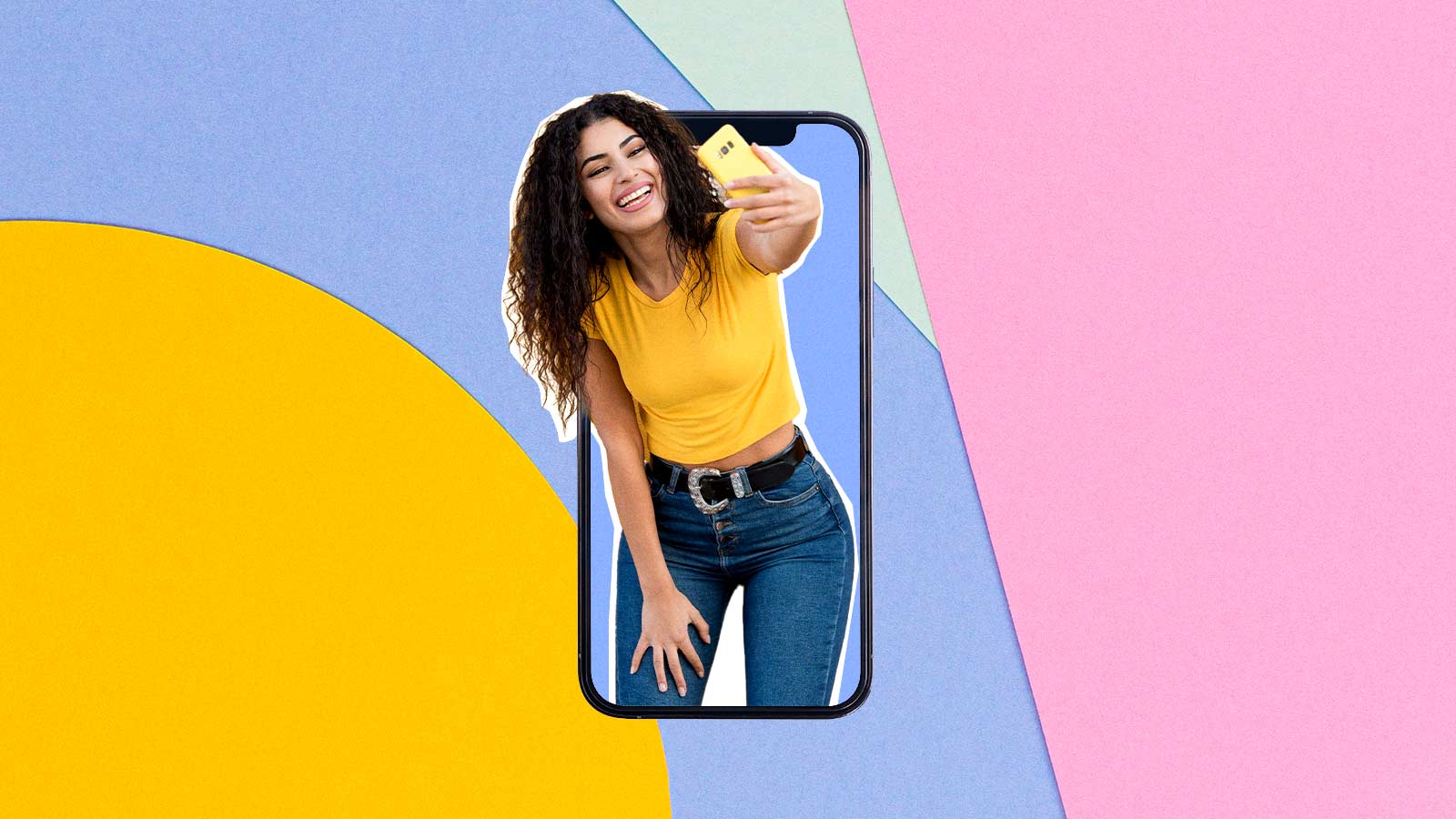During the early days of the pandemic, TikTok stepped into the social marketing scene with a bang (more like a supersonic boom) and progressed into a strong advertising tool for brands looking to gain exposure among an audience that is now a billion strong.
Audience and Micro-Influencers
Advertising is widely available to brands of all shapes and sizes, and provides brands with access to global awareness on the hottest new social media platform – TikTok.
With over 1 billion monthly active users (and over 130 million in the United States alone), TikTok is a great choice for brands who want serious exposure among the younger generation.
What is most unique about this platform is the audience. Users’ ages are heavily skewed toward younger generations. About 66% of TikTok users are under 30, with 41% in the 16 to 24 age bracket. This makes TikTok ads uniquely qualified for brands wanting to connect with the younger generations.
As most marketing professionals know, word of mouth is a key dominator in the public’s perception of a brand and is hard to harness, or at least it was until influencers stepped into the light.
Influencers provide brands with a tool to change consumer perception in a way that is deemed by the consumer as trustworthy and personal. By having an influencer promote a product, brands can gain access to an audience that is more likely to purchase because they are invested in the influencer and trust their judgment more than a TV spot or email marketing campaign.
The aspect of personal involvement that influencers have with their audience leads their followers to feel as if they are getting advice on products/services from a friend instead of a mass public appeal with traditional advertising.
Why use Micro-influencers?
Since the rise of Influencer marketing, we have seen the “mega-influencer” take center stage with big brands.
Semi-celebrities from reality shows have built their livelihood on promoting brands for large profits, and it worked really well for a time, but now the platforms seem to be overrun with mega-influencers promoting product after product, causing their audiences to trust less and buy less.
The micro-influencer, however, has a smaller audience, usually about 5k – 10k followers and more niche, that is engaged with the influencers opinions, life and product choices.
Because they have a more targeted influence, they aren’t historically picked by the big brands to promote products for half a million dollars a post. Instead they promote what they love, and the passion shines through.
On TikTok, the micro-influencer has been able to flourish because of the platform’s unique algorithm.
The algorithm allows more than just the mega-influencers using the platform to gain traction but also gives the “views” to the content creators who produce content that resonates with the audience.
Content has always been king, but with TikTok, a social media platform still very much in its infancy, the content that the algorithm predicts will interest a certain user is what is promoted to them.
TikTok uses a unique recommendation system that determines which videos will appear on users’ “For You” page based on past viewing preferences. This gives small businesses an especially unique and powerful way to find their micro-influencer and target the audience most interested in their product/service, because even if the target audience isn’t following the micro-influencer, they can still reach the target audience through the “For You” feed.
Why should you advertise your business on TikTok?
TikTok offers brands a unique way to interact with potential customers instead of the same old tired social advertising.
61% of users feel that TikTok advertising is unique compared to other social ads, and 52% of TikTok users say they discover new products through ads on TikTok.
These are mind-blowing statistics in the social marketing world.

